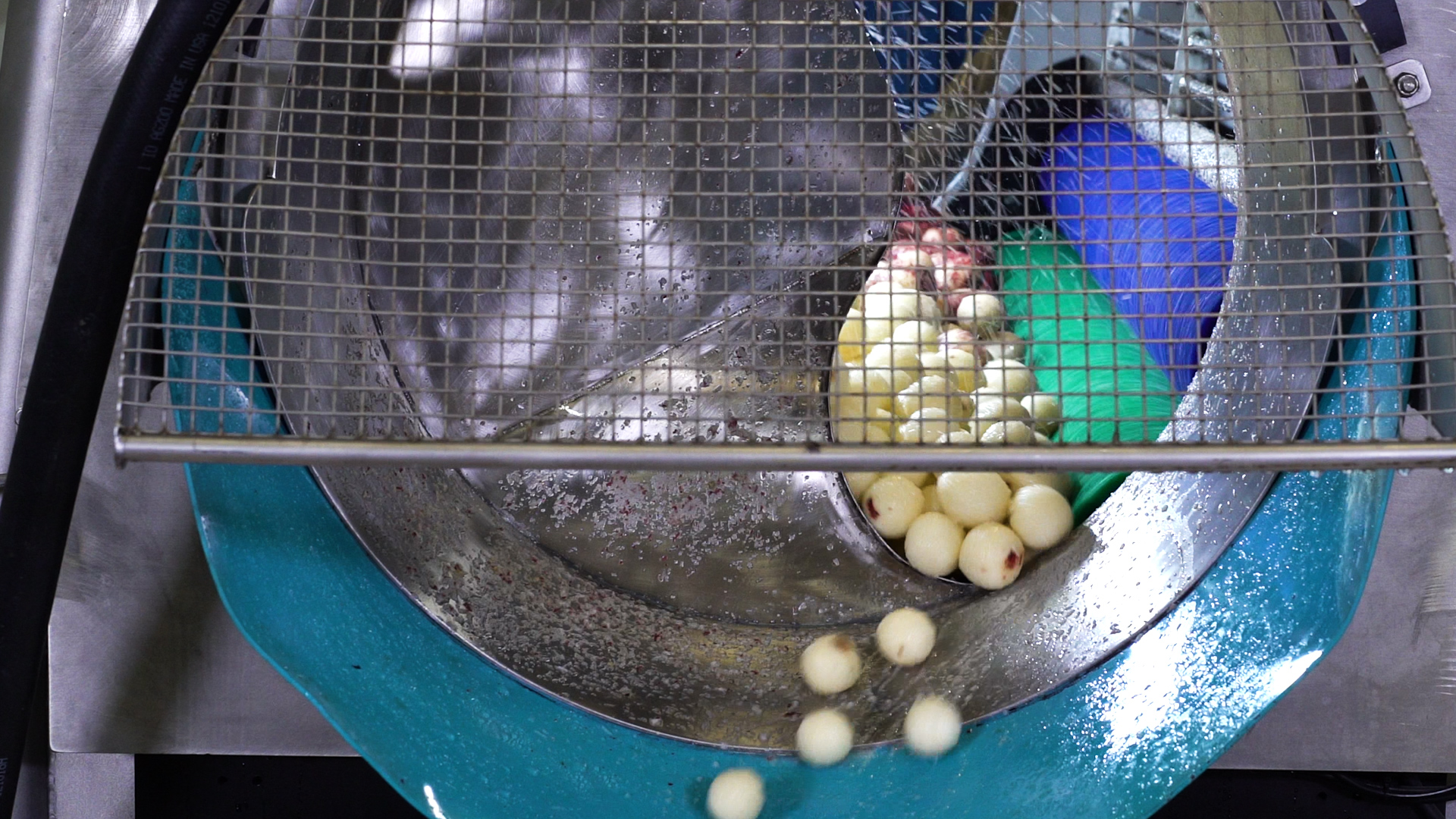Effective potato peeling is a critical first step in potato chip production. The quality and completeness of peel removal can impact product attributes and process efficiency downstream. However, not
Effective potato peeling is a critical first step in potato chip production. The quality and completeness of peel removal can impact product attributes and process efficiency downstream. However, not all potatoes peel with the same ease and completeness.
Many different innate aspects and external post-harvest factors can affect the outcome. Understanding how they influence peeling allows chip manufacturers to tailor their potato peeling equipment to ensure a high-quality product.
Read on to learn more about the various characteristics affecting potato processing.
Potato Age: Fresh vs. Stored
Freshly harvested potatoes have thinner, softer peels -- sometimes so soft that they can be peeled off with a fingernail. Gentle roller and brush textures prevent tearing these tender skins during processing. A delicate touch ensures minimal peel waste and flesh loss.
Operators can reduce roller speeds and utilize less aggressive roller textures. Such precautions prevent over-peeling the thin skin. Without them, it becomes easy to grind away good flesh and lose yield.
In contrast, potatoes stored long-term develop tougher, thicker peels. The hardened skins demand rigorous peeling setups to remove. More durable and aggressive rolls, faster roll speeds, more bed depth, and longer retention times are needed to peel off the layers efficiently.
However, it’s essential to have an industrial potato peeling machine that can balance the increased equipment aggressiveness to prevent unnecessary flesh loss. Low-quality peelers may not have the settings required to fine-tune this process.

Seasonality and Geography
Seasonality determines whether processors utilize fresh or stored potato crops. During peak regional harvest periods of late summer and early fall, facilities process potatoes freshly dug from local fields and farms. Processors switch to potatoes stockpiled in climate-controlled storage facilities in the off-season winter and spring months.
Geographic growing conditions like climate, soil moisture, and soil composition also affect peel properties. Certain heavy clay soils common to the upper Midwest and Canada can deposit minerals and sediments onto potato peels, complicating the peeling process later.
Excessively wet soils also produce potatoes with peels that tend to peel off in layers rather than whole pieces. Growing conditions and dirt in a region impact potatoes' chemical composition and intrinsic peel characteristics.
Transportation Effects
Potato deterioration resulting from long transportation distances generally does not impact domestic processing operations. This is due to most plants utilizing crops grown in their surrounding region or stored locally before use.
However, shipments traversing thousands of miles may require adjustments to account for thickened, defective peels upon arrival. Effective quality control measures during loading and periodic inspections mid-transit can help minimize transportation-related cr